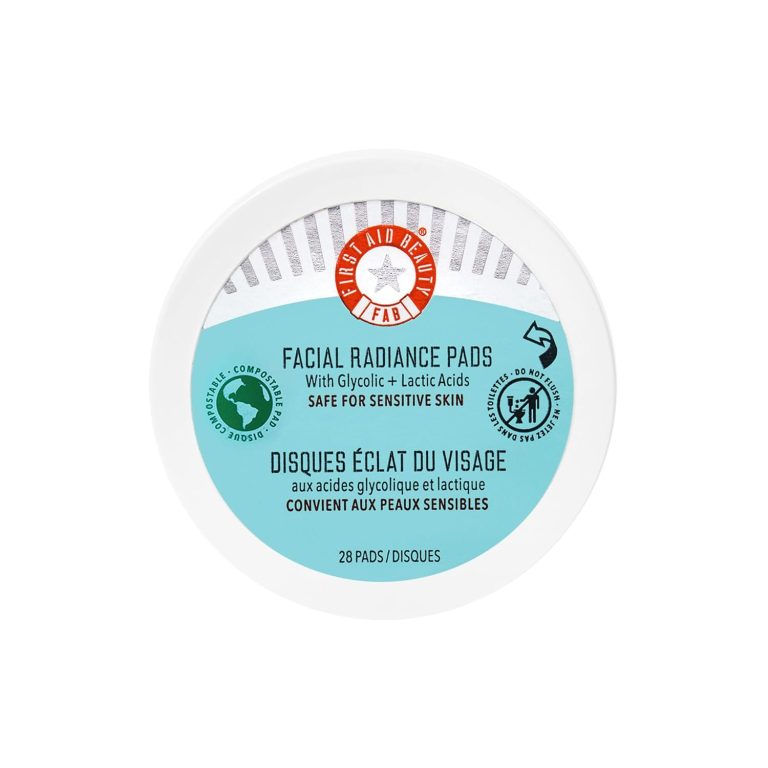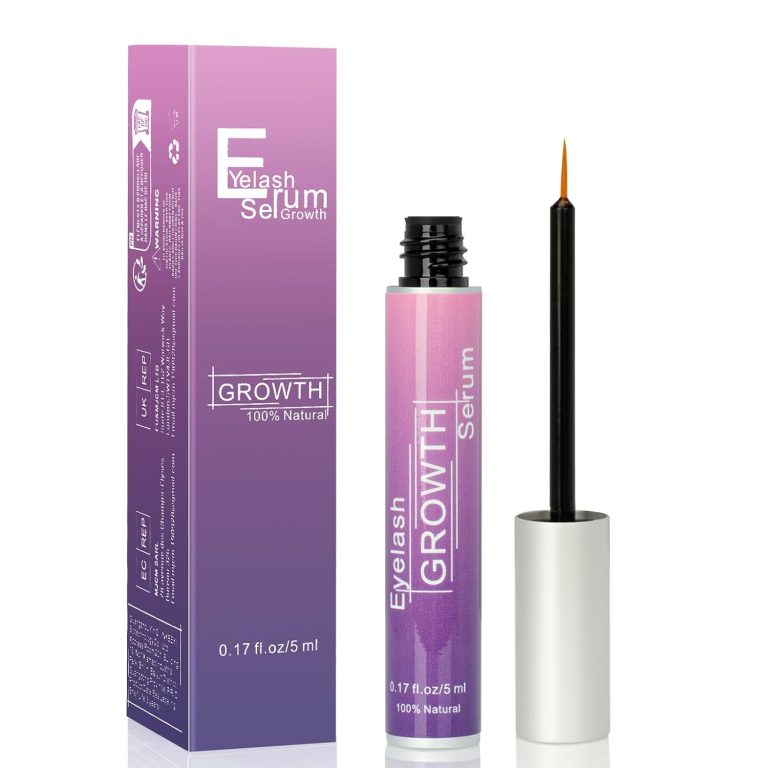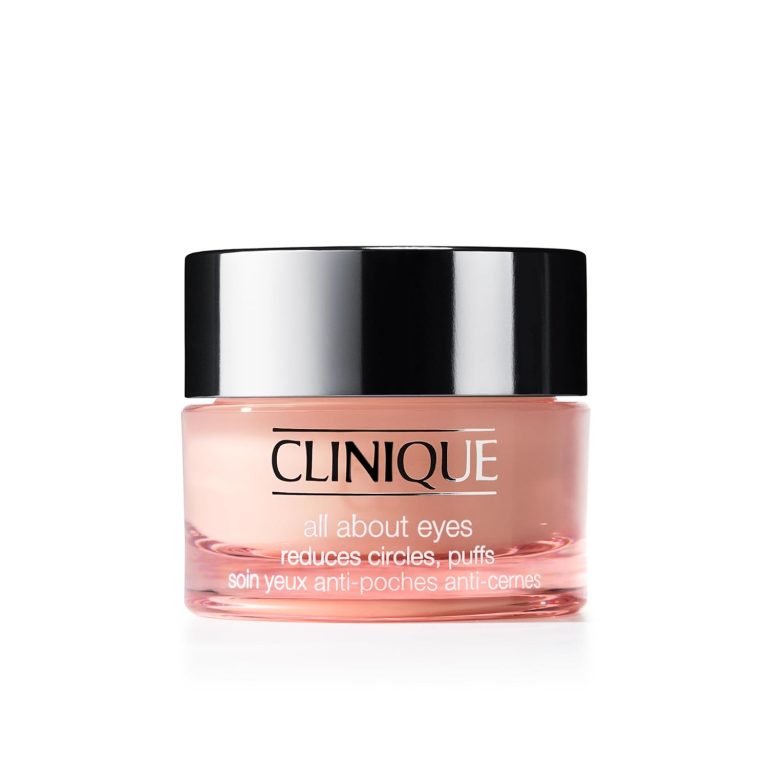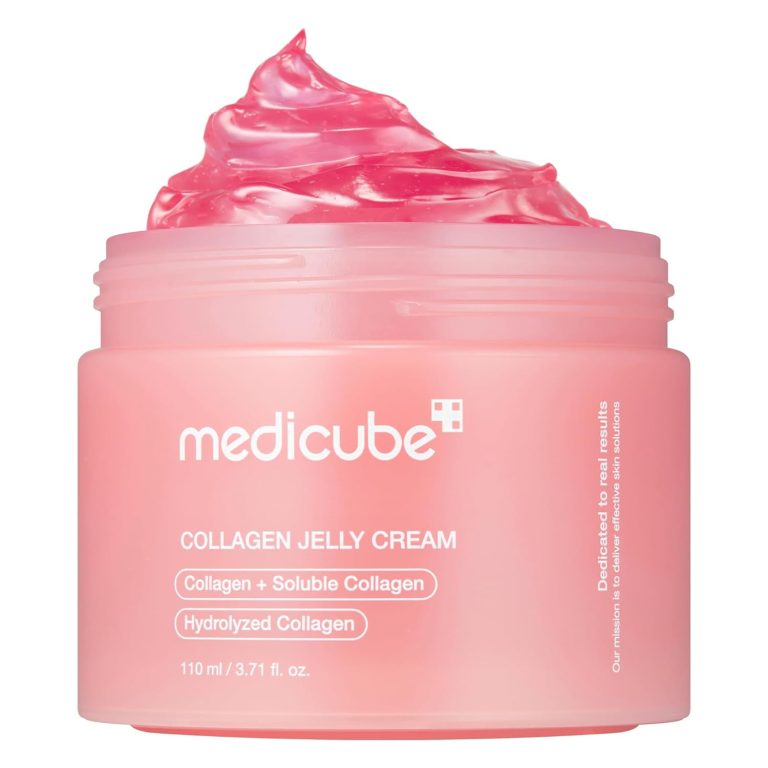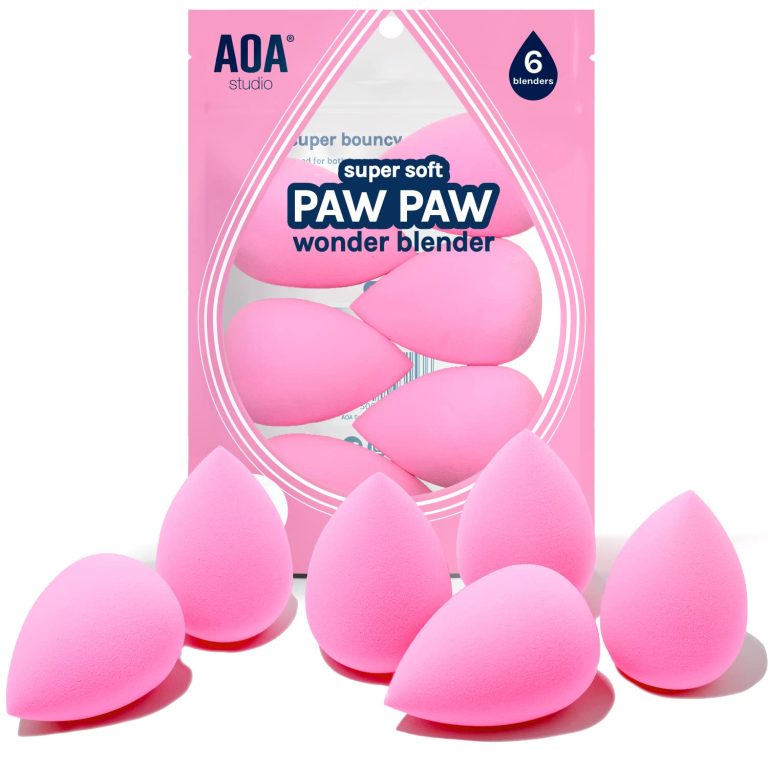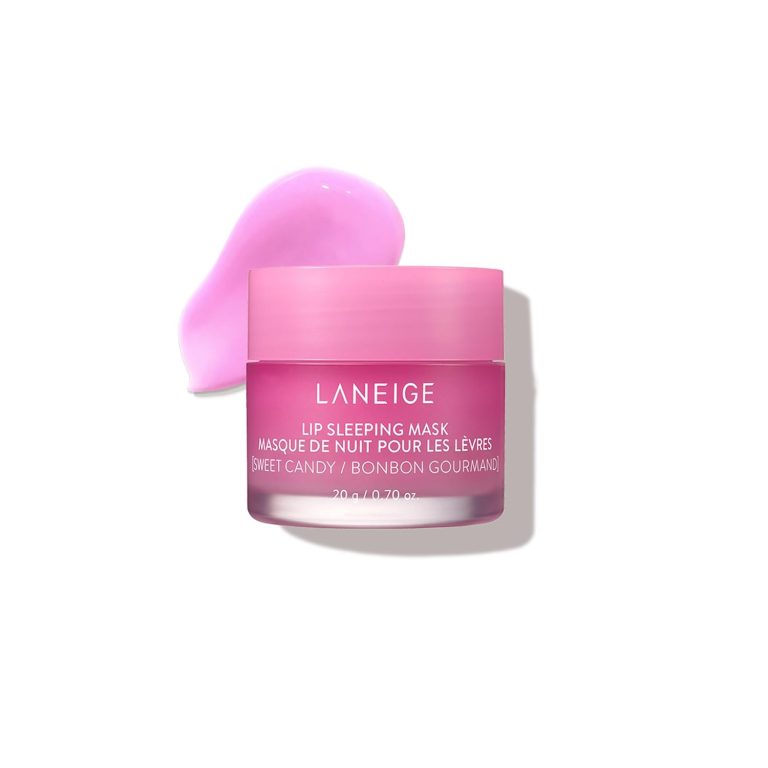Introduction
Hyperpigmentation is a common skin condition characterized by darkened patches or spots caused by an overproduction of melanin—the pigment responsible for skin color. While generally harmless, it can affect self-confidence and prompt individuals to seek treatment. This article explores the causes, types, and best ways to manage hyperpigmentation.
What Causes Hyperpigmentation?
Several factors contribute to excess melanin production, including:
1. Sun Exposure (Sunspots/Solar Lentigines)
-
UV rays stimulate melanocytes (pigment-producing cells), leading to dark spots.
-
Common on the face, hands, and chest.
2. Post-Inflammatory Hyperpigmentation (PIH)
-
Occurs after skin trauma (acne, cuts, burns, or eczema).
-
More prevalent in darker skin tones.
3. Hormonal Changes (Melasma)
-
Often triggered by pregnancy, birth control, or hormonal therapy.
-
Appears as symmetrical patches on the cheeks, forehead, or upper lip.
4. Medical Conditions & Medications
-
Some antibiotics, chemotherapy, and Addison’s disease can cause pigmentation.
Types of Hyperpigmentation
| Type | Characteristics | Common Areas |
|---|---|---|
| Sunspots | Small, dark, flat spots | Face, hands, shoulders |
| Melasma | Larger, blotchy patches | Cheeks, forehead, upper lip |
| PIH | Dark marks after inflammation | Anywhere after injury |
| Age Spots | Brown/gray spots from aging | Hands, face, arms |
How to Treat & Prevent Hyperpigmentation
1. Topical Treatments
-
Vitamin C – Brightens skin and reduces melanin production.
-
Retinoids – Promote cell turnover, fading dark spots over time.
-
Hydroquinone (2-4%) – A potent skin-lightening agent (use under dermatologist supervision).
-
Niacinamide – Reduces inflammation and evens skin tone.
-
Alpha Arbutin & Kojic Acid – Natural alternatives to hydroquinone.
2. Professional Treatments
-
Chemical Peels – Exfoliate darkened skin layers.
-
Laser Therapy – Targets melanin with precision (e.g., Fraxel, Pico laser).
-
Microdermabrasion – Gently buffs away pigmented cells.
3. Prevention Tips
-
Wear SPF 30+ daily – Sun protection is crucial to prevent worsening.
-
Avoid picking at acne – Reduces risk of PIH.
-
Use gentle skincare – Harsh products can worsen pigmentation.
When to See a Dermatologist
If hyperpigmentation:
-
Spreads rapidly
-
Is accompanied by pain or texture changes
-
Doesn’t improve with over-the-counter treatments
A dermatologist can prescribe stronger treatments like prescription retinoids or oral tranexamic acid.
Conclusion
Hyperpigmentation is a treatable condition with the right skincare, sun protection, and professional interventions. While results take time, consistency with the right regimen can lead to a more even complexion.

